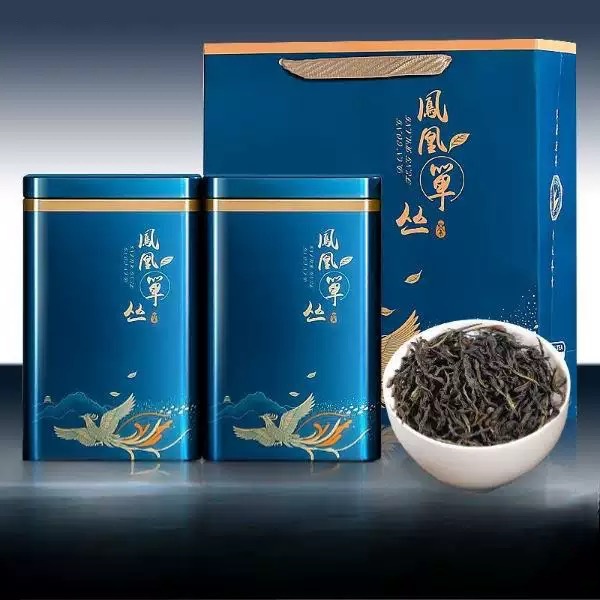
# The Origin and Evolution of Oolong Tea
## Introduction
Oolong tea, a traditional Chinese tea with a rich history and complex flavor profile, occupies a unique position between green and black teas. Its semi-oxidized nature gives it a distinctive taste that has captivated tea enthusiasts for centuries. This article explores the fascinating origin and evolution of oolong tea, tracing its journey from ancient China to its current global popularity.
Keyword: Origin and History of Oolong Tea
## The Birth of Oolong Tea
The exact origins of oolong tea are shrouded in mystery and legend, with several competing stories about its creation. Most historians agree that oolong tea emerged during the Ming Dynasty (1368-1644) in China’s Fujian province.
One popular legend tells of a tea farmer named Wu Liang who was distracted by a deer while processing his tea leaves. By the time he returned to his work, the leaves had begun to oxidize. Rather than discard them, he completed the processing and discovered the unique flavor we now associate with oolong tea. The name “oolong” (wūlóng in Mandarin) translates to “black dragon,” possibly referring to the dark, twisted appearance of the tea leaves.
## Early Development in Fujian
The Wuyi Mountains in northern Fujian became the cradle of oolong tea production. Tea makers in this region developed sophisticated techniques to control oxidation levels, creating teas with varying degrees of roast and complexity.
During the Qing Dynasty (1644-1912), oolong tea production became more refined. The famous “rock teas” (yán chá) from the Wuyi Mountains gained particular renown for their mineral-rich flavor profile, a result of the unique terroir where they were grown.
## Expansion to Taiwan
In the 19th century, oolong tea cultivation spread to Taiwan, where it found ideal growing conditions. Taiwanese tea masters adapted Fujianese techniques while developing their own distinctive styles.
The high mountain oolongs of Taiwan, grown at elevations above 1,000 meters, became particularly prized for their floral aromas and smooth texture. Varieties like Dong Ding and Alishan oolong gained international recognition for their quality.
## Modern Production Techniques
Today, oolong tea production remains a carefully guarded art, though modern technology has introduced some changes to traditional methods:
– Controlled oxidation rooms with precise temperature and humidity
– Mechanical rolling equipment (though high-end teas are still hand-rolled)
– Scientific analysis of tea chemistry to optimize flavor profiles
Despite these advancements, many premium oolongs are still made using time-honored techniques passed down through generations of tea masters.
## Global Popularity and Variations
In recent decades, oolong tea has gained worldwide popularity for both its flavor and potential health benefits. Different regions have developed their own variations:
Region | Characteristic Style
Fujian, China | Dark, heavily roasted oolongs like Da Hong Pao
Guangdong, China | Floral Phoenix oolongs with natural orchid notes
Taiwan | High mountain oolongs with buttery texture
Thailand | Newer productions with fruity characteristics
## The Future of Oolong Tea
As global interest in specialty teas grows, oolong continues to evolve. Some current trends include:
– Experimental processing techniques pushing oxidation boundaries
– Single-origin and small-batch productions
– Sustainable and organic farming practices
– Tea tourism in traditional growing regions
From its mysterious beginnings in the mountains of Fujian to its current status as a globally appreciated beverage, oolong tea’s journey reflects centuries of tea culture and innovation. Its unique position between green and black teas ensures it will continue to fascinate and delight tea drinkers for generations to come.
Comments are closed